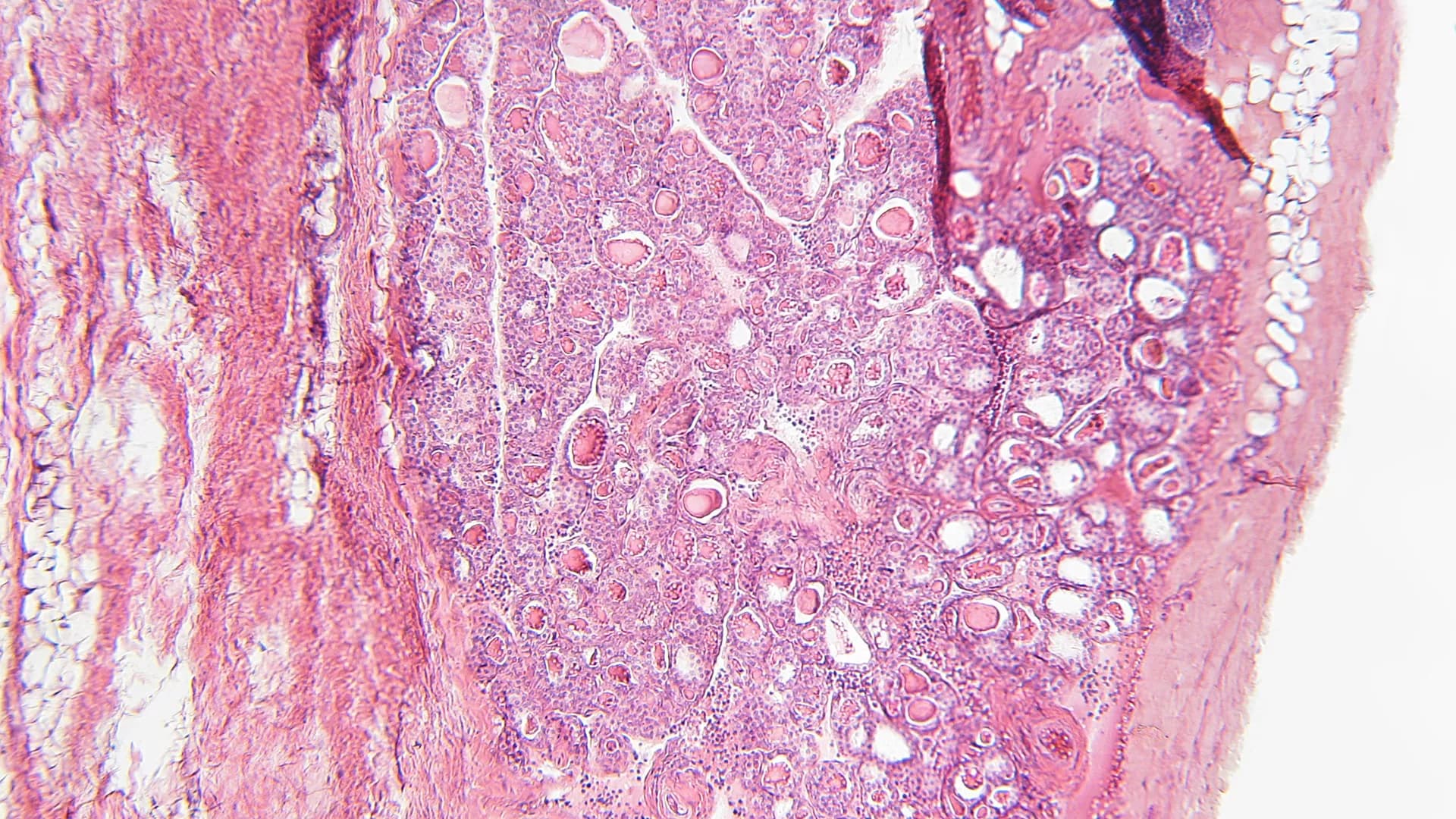Currently, there are about 150–200 million diabetic patients treated with insulin globally. The year 2021 is special because the 100th anniversary of the insulin discovery is being celebrated. It is a good occasion to sum up the insulin pen technology invention and improvement which are nowadays the leading mode of an insulin delivery. Even though so many years have passed, insulin is still administered subcutaneously, that is why devices to deliver it are of great importance. Insulin pens have evolved only through the last decades (the reusable, durable pens, and the disposable, prefilled pens) and modern smart insulin pens have been developed in the last few years, and both types of the devices compared to traditional syringes and vials are more convenient, discrete in use, have better dosing accuracy, and improve adherence. In this review, we will focus on the history of insulin pens and their improvement over the previous decades.
The insulin-like growth factor (IGF) pathway comprises two activating ligands (IGF-I and IGF-II), two cell-surface receptors (IGF-IR and IGF-IIR), six IGF binding proteins (IGFBP) and nine IGFBP related proteins. IGF-I and the IGF-IR share substantial structural and functional similarities to those of insulin and its receptor. IGF-I plays important regulatory roles in the development, growth, and function of many human tissues. Its pathway intersects with those mediating the actions of many cytokines, growth factors and hormones. Among these, IGFs impact the thyroid and the hormones that it generates. Further, thyroid hormones and thyrotropin (TSH) can influence the biological effects of growth hormone and IGF-I on target tissues. The consequences of this two-way interplay can be far-reaching on many metabolic and immunologic processes. Specifically, IGF-I supports normal function, volume and hormone synthesis of the thyroid gland. Some of these effects are mediated through enhancement of sensitivity to the actions of TSH while others may be independent of pituitary function. IGF-I also participates in pathological conditions of the thyroid, including benign enlargement and tumorigenesis, such as those occurring in acromegaly. With regard to Graves’ disease (GD) and the periocular process frequently associated with it, namely thyroid-associated ophthalmopathy (TAO), IGF-IR has been found overexpressed in orbital connective tissues, T and B cells in GD and TAO. Autoantibodies of the IgG class are generated in patients with GD that bind to IGF-IR and initiate the signaling from the TSHR/IGF-IR physical and functional protein complex. Further, inhibition of IGF-IR with monoclonal antibody inhibitors can attenuate signaling from either TSHR or IGF-IR. Based on those findings, the development of teprotumumab, a β-arrestin biased agonist as a therapeutic has resulted in the first medication approved by the US FDA for the treatment of TAO. Teprotumumab is now in wide clinical use in North America.
Pituitary hormone axes modulate glucose metabolism and exert direct or indirect effects on insulin secretion and function. Cortisol and growth hormone are potent insulin-antagonistic hormones. Therefore impaired glucose tolerance, elevated fasting glucose concentrations and diabetes mellitus are frequent in Cushing’s disease and acromegaly. Also prolactinomas, growth hormone (GH) deficiency, hypogonadism and hypothyroidism might be associated with impaired glucose homeostasis but usually to a lesser extent. Therefore glucose metabolism needs to be closely monitored and treated in patients with pituitary adenomas. Correction of the pituitary dysfunction is frequently followed by improvement of glucose homeostasis.
Frontiers in Endocrinology
Tissue Crosstalk in Obesity and Diabetes: A Focus on Skeletal Muscle






![An alignment of the human (Homo sapiens) proinsulin protein sequence with selected examples showing potentially altered proteolytic processing. The examples include the insulin proteins encoded by the insab genes from two fish (28) [Japanese medaka (Oryzias latipes) and Clownfish (Amphiprion ocellaris)], two mammals (44) [little brown bat (Myotis lucifugus) and aardvark (Orycteropus afer)], and the Singapore grouper iridovirus viral insulin-like peptide (SGIV-VILP) (51). SGIV-VILP would be produced by vertebrate cells infected by the Singapore grouper iridovirus. Protein sequences are shown in single letter code, with ↓ indicating the signal peptidase cleavage site and ⇓ the indicating the prohormone convertase processing sites for the human insulin sequence. Domains of the human proinsulin sequence are shown above the alignment. Amino acid replacements in the sequences, relative to the human sequence, which are predicted to impair proteolytic processing are shown in bold. Conserved cysteine residues involved in disulphide bridging are shown below the alignment.](https://www.frontiersin.org/_rtmag/_next/image?url=https%3A%2F%2Fwww.frontiersin.org%2Ffiles%2FArticles%2F649255%2Ffendo-12-649255-HTML%2Fimage_m%2Ffendo-12-649255-g002.jpg&w=3840&q=75)







